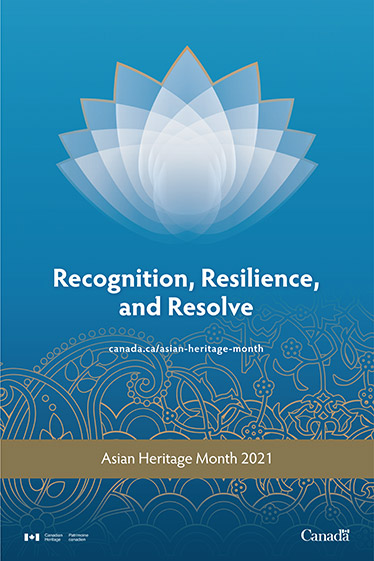The month of May marks Asian Heritage Month, which commemorates the history of Asian communities in Canada throughout the past and in the present day. This year’s theme is ‘Recognition, Resilience, and Resolve,’ aiming to honour the resilience and resolve that have characterized the diverse experiences of Asian peoples in Canada.
Yumna Ikram, chair of United South Asians at York (USAY), says that Asian people are often underrepresented, making Asian Heritage Month all the more vital. “As a collective that often does not get adequate representation in many spaces, Asian Heritage Month is important in helping to provide a platform to elevate Asian voices.”
Ikram adds that the month provides opportunities for panels and special events, “giving Asian folks a safe space to speak on their experiences, but also for non-Asian folks to listen and learn valuable insights that they may not have been aware of concerning the Asian experience.”
The celebration comes at a time in which Asian communities are experiencing heightened racism and violence, both in Canada and worldwide. Many feel that recognizing this month must come in tandem with recognizing the racism that the Asian community is currently facing.
“This month is important to us, especially this year, as there has been a recent increase in hate crimes towards Asians,” says Eros Ruiz Garcia, vice president external of the Filipino Students’ Association At York (FSAY).
Garcia adds that it is important to recognize not just recent racism against Asian people, but historical racism: “Anti-Asian racism has existed throughout the years, and now is even more prominent because of the pandemic. This year’s Asian Heritage Month may be the chance to bring more awareness to this and to take more action.”
Cary Wu, an assistant professor in York’s department of sociology, says, “education and raising awareness are important steps to address anti-Asian racism,” something that Asian Heritage Month can help with.
“I know many organizations and institutions are holding talks, conferences, and workshops to promote dialogue and conversation on anti-Asian racism, its impacts, and ways to address the issue,” Wu says.
York has many student groups dedicated to members of Asian communities, including FSAY and USAY. The programming these groups have created throughout the year has reflected the theme of ‘Recognition, Resilience, and Resolve’ in action.
In February, FSAY hosted an event in collaboration with other Filipino students associations across Canada, with the intention of helping students meet new people in an online setting. In October, USAY collaborated with York’s Guyanese Student Council on a panel event, shedding light and recognition on the Indo-Caribbean experience.
“It was an event that offered folks the chance to hear from a number of Indo-Carribean activists and leaders in the GTA on their cultural history and their experiences growing up with an identity that many South Asians are not as familiar with,” says Ikram.
Justin Poy is the Honorary Patron of the Canadian Foundation for Asian Culture Incorporated (CFACI) Asian Heritage Month. He says that this month’s celebrations and appreciation of culture can be a great measure for promoting peace.
“We have seen countries at war that have still agreed on collaborative art and sport exhibits. It can rise above politics, division, and hate,” he adds. “Let us use this celebration and appreciation of culture to extinguish the flame of racism and use Asian Heritage Month as the catalyst for year round activities.”
As for addressing the issue of anti-Asian racism beyond the current month, Wu adds that education and awareness are key elements, but a solution to racism cannot stop there, as it requires a “multi-faceted approach.”
He says this approach would include “serious consequences for people, particularly those in visible positions of power who espouse racist ideas and commit discriminatory acts.”
It would also include increased visibility for Asians and other racialized people in decision-making capacities, as well as recognition of these groups’ contributions throughout history until today.
Wu adds that regardless of how one identifies, one must reflect on “how we reproduce racial constructions and inequality in our everyday practices, language, and interactions by denying, dismissing, and normalizing discriminatory behaviour and ideas.”
He stresses that this racism has an unequal impact, and most anti-Asian attacks have targeted the elderly and women. Attacks on Asian women comprised more than 60 per cent of the reported 1,150 cases in Canada. By recognizing these impacts, Wu says more specific measures can be taken to address discrimination and its effects.
“Canada has a large Asian population, and almost one in five Canadians are Asian. Hence, Canada should be the world leader in combating anti-Asian racism, and all forms of racism,” says Wu.
“York is one of the largest and most diverse universities in Canada. It also should play the leading role in addressing anti-Asian racism.”


